Current status of fisheries work in the period 2021-2025
The situation of aquaculture production from 2021 to 2025 in Hanoi city has developed stably, in the direction of concentrated scale, people have known how to apply science and technology in production, so aquaculture output is increasing, bringing economic efficiency to people, developing the local economy, and at the same time contributing to ensuring food security.
In addition, the group of aquatic resources with high reserves and natural exploitation output is decreasing day by day. Some wild species are at high risk of extinction such as sand goby, freshwater catfish, sardine, silver carp, catfish... Not to mention many wild species are declining sharply in quantity and output such as carp, red-eyed goby, black carp, catfish, mud loach, eel, perch, crucian carp...

The city has great potential for aquaculture development (30,840 hectares of water surface).
Hanoi has many lakes distributed in communes and wards; some lakes have large areas, such as Suoi Hai Lake (1,000 ha), Dong Mo Lake (1,400 ha), Quan Son Lake (782 ha).... These lakes have the function of regulating water for agricultural production and preserving biodiversity. Some large rivers flowing through such as Da River, Red River, Duong River have the potential to develop fish farming in cages, rafts and exploit aquatic products.
The city focuses on developing commercial farming of key species with high economic value such as monosex tilapia, hybrid carp and aquatic specialties such as giant freshwater prawn, catfish, catfish, black carp, frogs, soft-shell turtles, etc.; calculating to reduce the proportion of traditional fish species with low economic value such as bighead carp and silver carp.
Aquaculture forms in Hanoi are increasingly diverse, focusing mainly on semi-intensive, intensive, and combined aquaculture such as fish-rice, shrimp-rice, and aquaculture combined with eco- tourism .
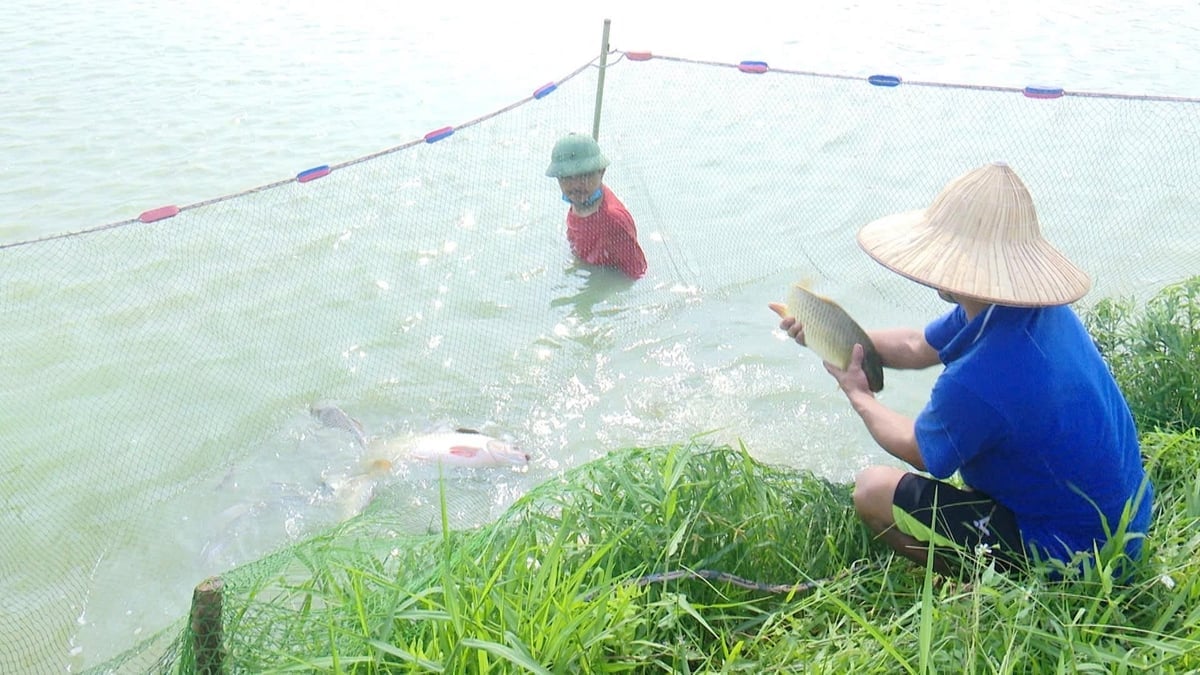
Many high-yield aquaculture areas have become typical models.
Many farming areas have developed high-yield aquaculture that people in Hanoi and neighboring provinces have learned from, such as the river-in-pond farming model, monosex tilapia farming, hybrid carp farming, and mixed farming of traditional species in old districts such as Phu Xuyen, Ung Hoa, My Duc, Ba Vi, Thanh Oai, Thanh Tri... with productivity reaching 15-20 tons/ha.
Aquatic resources in many natural water bodies tend to decrease year by year, of which the aquatic product output in 2021 will reach 1,704 tons, in 2022 it will reach 1,700 tons, in 2023 it will reach 1,685 tons, and in 2024 it will reach 1,675 tons.
However, problems such as water pollution caused by wastewater and chemicals used in agriculture; habitats of aquatic species destroyed by activities such as damming rivers to create lakes and building hydroelectric stations; many inappropriate exploitation means and many negative impacts of humans have been and are depleting the city's aquatic resources.
Results of Hanoi's aquaculture development in the period 2021-2025
Currently in Hanoi city, there are about 11 aquatic breeding and production facilities, with an output of about 1,443 million fish fry of all kinds/year, basically meeting the breeding needs of farming areas in the area.
The main production objects are traditional fish species such as V1 carp, tilapia, bighead carp, grass carp, etc. As of November 2025, the number of facilities that have been granted certificates of eligibility for production and breeding of aquatic breeds is 7. Of which, 5 are production and breeding facilities; 2 are aquaculture breeding facilities.
The total number of establishments producing and trading aquatic feed and aquaculture environmental treatment products is 52, of which 33 are production establishments and 19 are trading establishments.
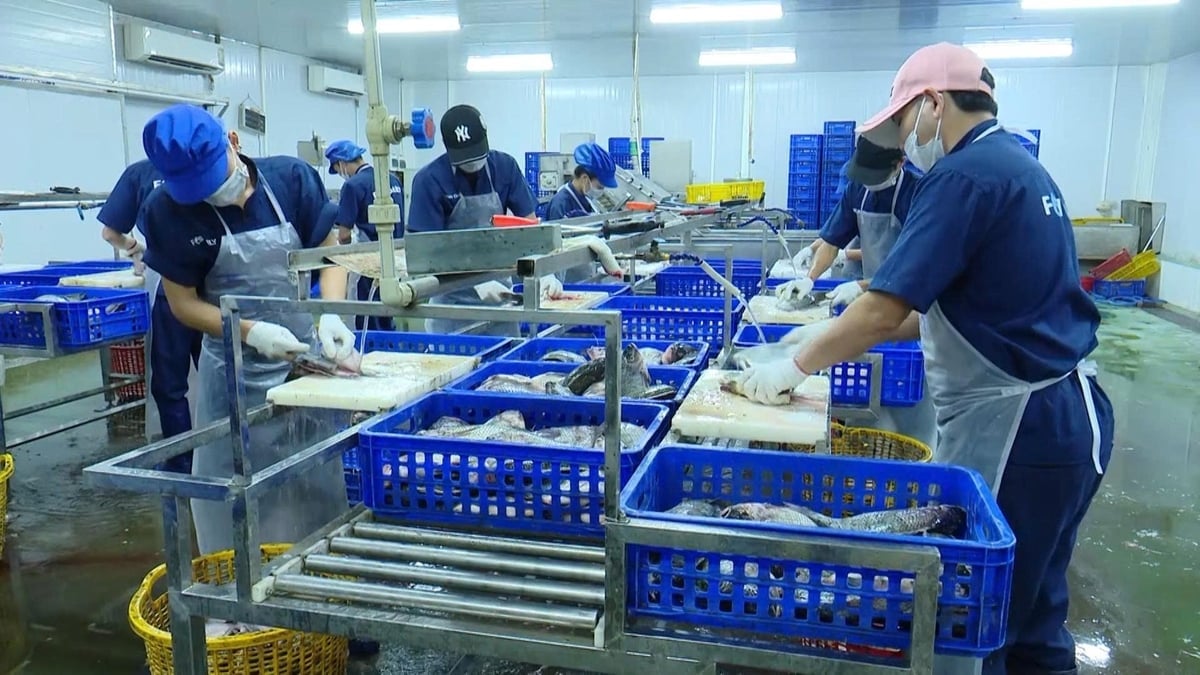
Hanoi has 52 seafood production facilities.
According to Decision No. 4537/QD-UBND dated September 11, 2023 of the Hanoi People's Committee, there are 102 concentrated aquaculture areas in 141 communes in the (old) districts: Ung Hoa, My Duc, Ba Vi, Phu Xuyen, Chuong My, Thuong Tin, Thanh Oai, Thanh Tri, Quoc Oai,... the total existing area is 9,828 hectares, the total area of concentrated aquaculture areas according to the planning in the decision is 12,302 hectares.
In 2021, the area put into aquaculture is 23,202 hectares, with a total output of 117,730 thousand tons. By 2025, the area put into aquaculture will be about 24,500 hectares, with an estimated aquaculture output of 136,500 tons in 2025.
In the period 2021 - 2025, there will be a sharp increase in aquaculture output despite a small increase in area (in 2025, the area will increase by 7.75% and the aquaculture output by 16% compared to 2021).
The aquaculture area certified by VietGAP valid as of June 2025 is 203,777 hectares. Initially, OCOP certified products have been created, including grass carp cut into pieces; bighead carp cut into pieces; common carp cut into pieces; whole tilapia and Vat Lai white pomfret.
Regarding disease management in livestock, the Hanoi Department of Animal Husbandry, Fisheries and Veterinary Medicine shall comply with the provisions of Article 6 of Circular No. 04/2016/TT-BNNPTNT dated May 10, 2016, Regulations on disease prevention and control of aquatic animals.
Every year, the Department of Animal Husbandry, Fisheries and Veterinary Medicine periodically collects samples to analyze pathogens at breeding and commercial aquaculture facilities in Hanoi.
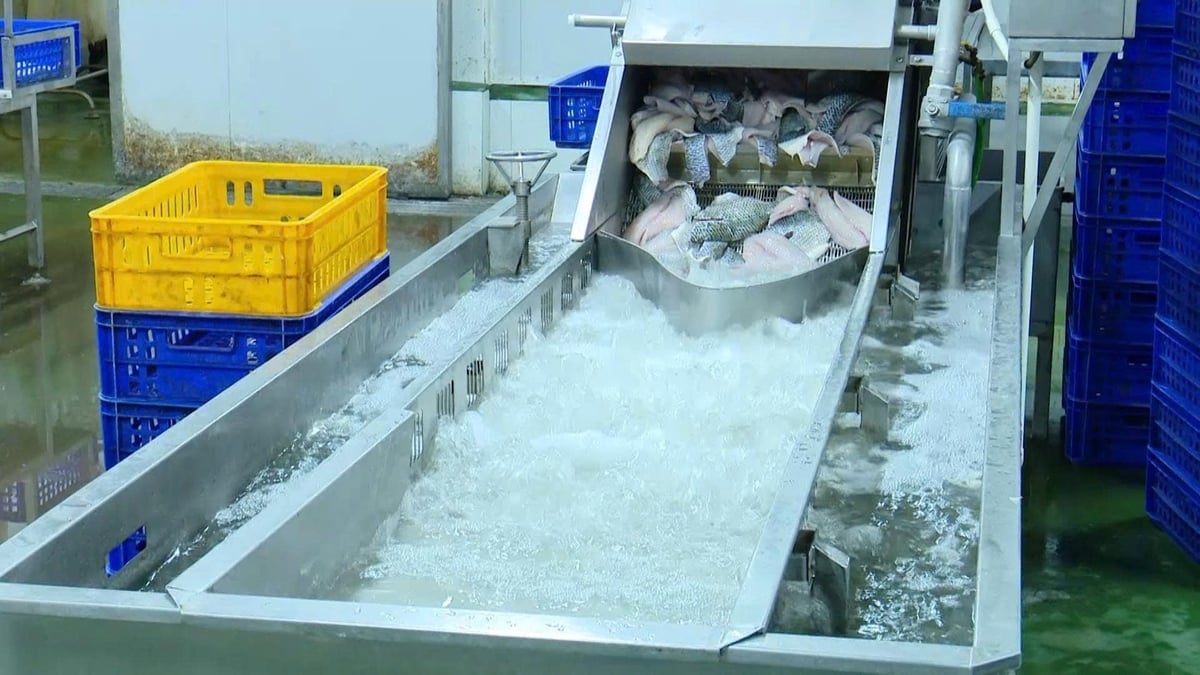
Disease management work is carried out and monitored periodically.
The analytical indicators include diseases in the list of dangerous diseases, emerging diseases in aquaculture that are prioritized for disease prevention, control and management.
Specifically, spring hemorrhagic disease in carp (SVC), Koi Herpes virus (KHV), Streptococcus infection, Tilapia Lake Virus (TiLV) and Streptococcus infection in tilapia.
After the analysis results, the Department sent a notice of disease monitoring results to aquaculture breeding households and aquaculture areas that were monitored for disease, and warned about the danger level of diseases that could affect fish fry and commercial fish, and instructed farming facilities on how to treat ponds when the farmed fish were infected.
The Department has also carried out propaganda, dissemination and guidance to improve knowledge on aquatic disease prevention and control in forms such as training, publishing leaflets, handbooks on identification, prevention and treatment of aquatic diseases, and propaganda standees.
From 2021 to present, the Department has also coordinated with local authorities to collect water samples in concentrated aquaculture areas in Hanoi to analyze basic parameters to assess water quality including: pH, dissolved oxygen (DO), chemical oxygen demand (COD), total suspended solids (TSS), N-NH4 (is Ammonium (NH4 + - N)), N-NO2- (is Nitrite (NO2--N), biochemical oxygen demand (BOD5).
Pay attention to propaganda and training on water management techniques in aquaculture ponds such as management of hydrological, hydrochemical, aquatic biological factors, and regulations on environmental protection in aquaculture activities to control water quality during the farming process.
Environmental monitoring and warning work in aquaculture in Hanoi has initially brought about the following results: Environmental monitoring, although newly deployed in small areas and scales, has demonstrated its role and necessity in aquaculture quality management; especially playing an important role in coordinating information exchange between fisheries management agencies and farmers in order to promptly process information and give warnings to farmers about water quality, helping to minimize environmental impacts on aquaculture activities.
Source: https://nongnghiepmoitruong.vn/phat-trien-nuoi-trong-thuy-san-ven-do-ha-noi-d786047.html


![[Photo] National Assembly Chairman Tran Thanh Man receives a business delegation from the Europe-ASEAN Business Council](/_next/image?url=https%3A%2F%2Fvphoto.vietnam.vn%2Fthumb%2F1200x675%2Fvietnam%2Fresource%2FIMAGE%2F2025%2F11%2F24%2F1763989198212_ndo_br_bnd-7394-jpg.webp&w=3840&q=75)




![[Photo] Prime Minister Pham Minh Chinh attends the patriotic emulation congress of the banking sector](/_next/image?url=https%3A%2F%2Fvphoto.vietnam.vn%2Fthumb%2F1200x675%2Fvietnam%2Fresource%2FIMAGE%2F2025%2F11%2F24%2F1763981997729_tt-nhnn-jpg.webp&w=3840&q=75)
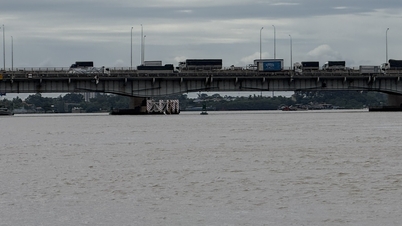





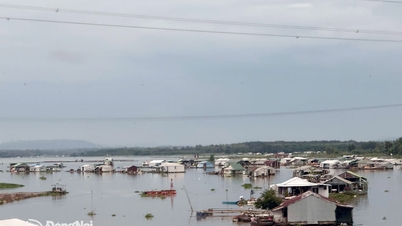


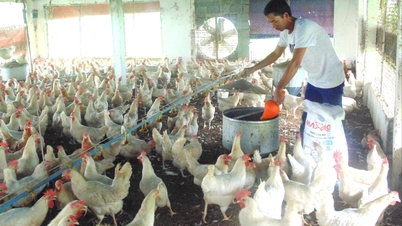
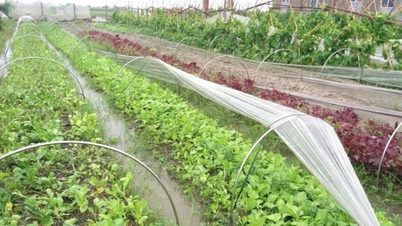
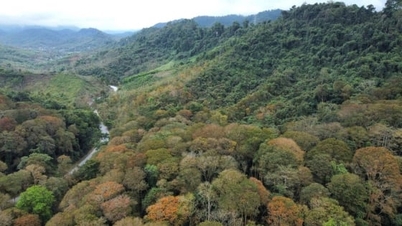
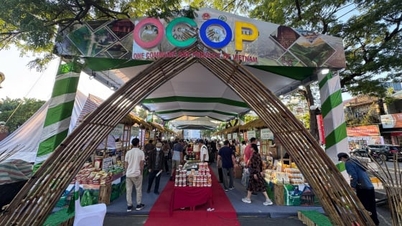
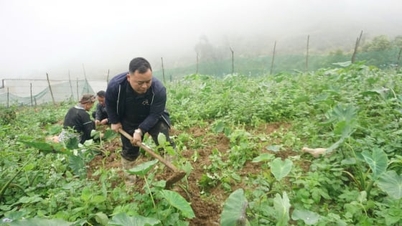
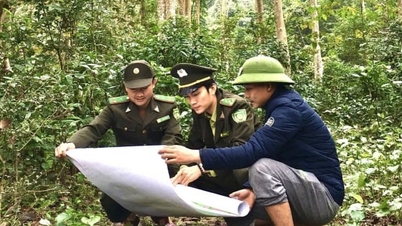






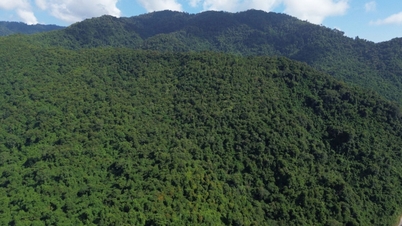
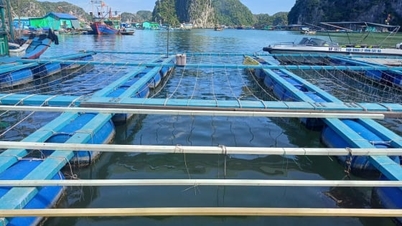

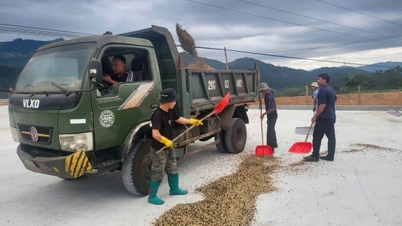
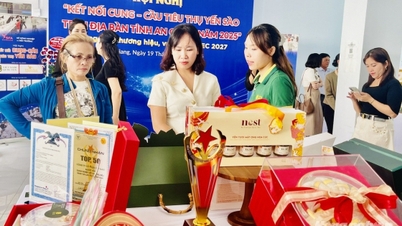


![[Photo] Next to the "mountain of trash" after the flood, Tuy Hoa residents strive to rebuild their lives](/_next/image?url=https%3A%2F%2Fvphoto.vietnam.vn%2Fthumb%2F1200x675%2Fvietnam%2Fresource%2FIMAGE%2F2025%2F11%2F24%2F1763951389752_image-1-jpg.webp&w=3840&q=75)




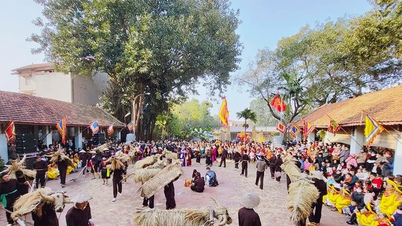

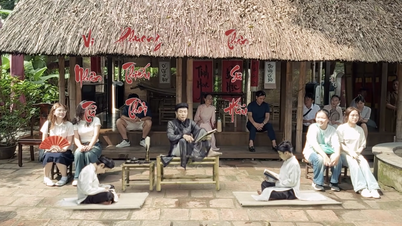



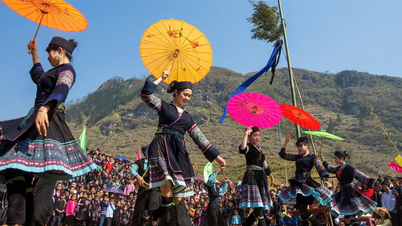









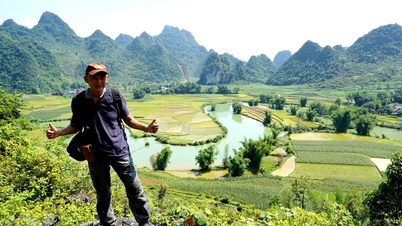

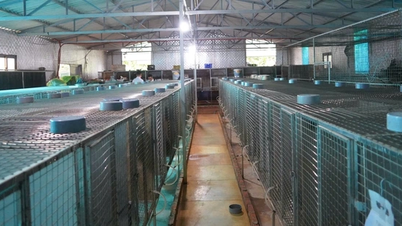





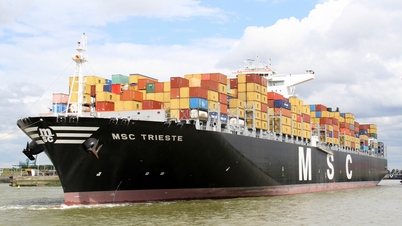









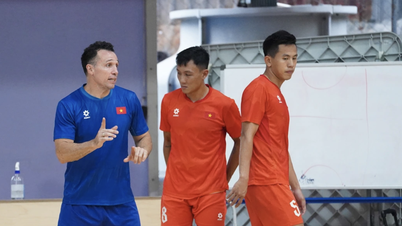


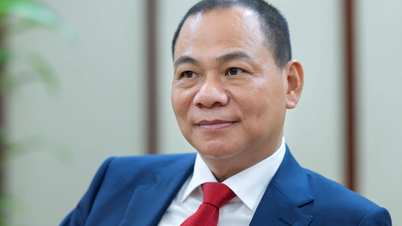


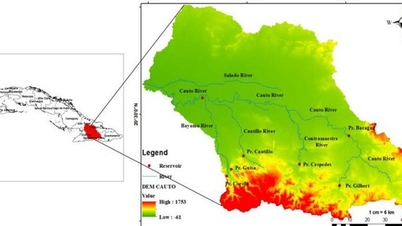

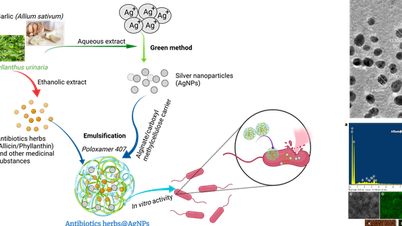
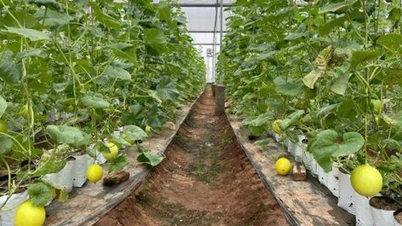


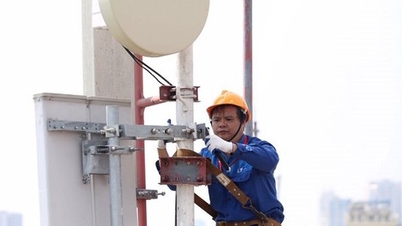
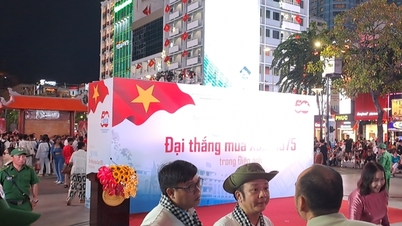






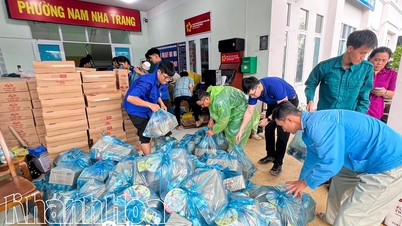

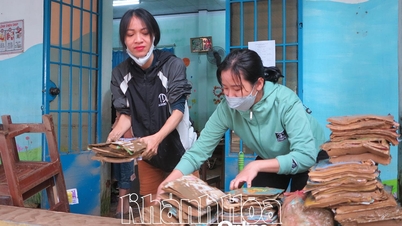









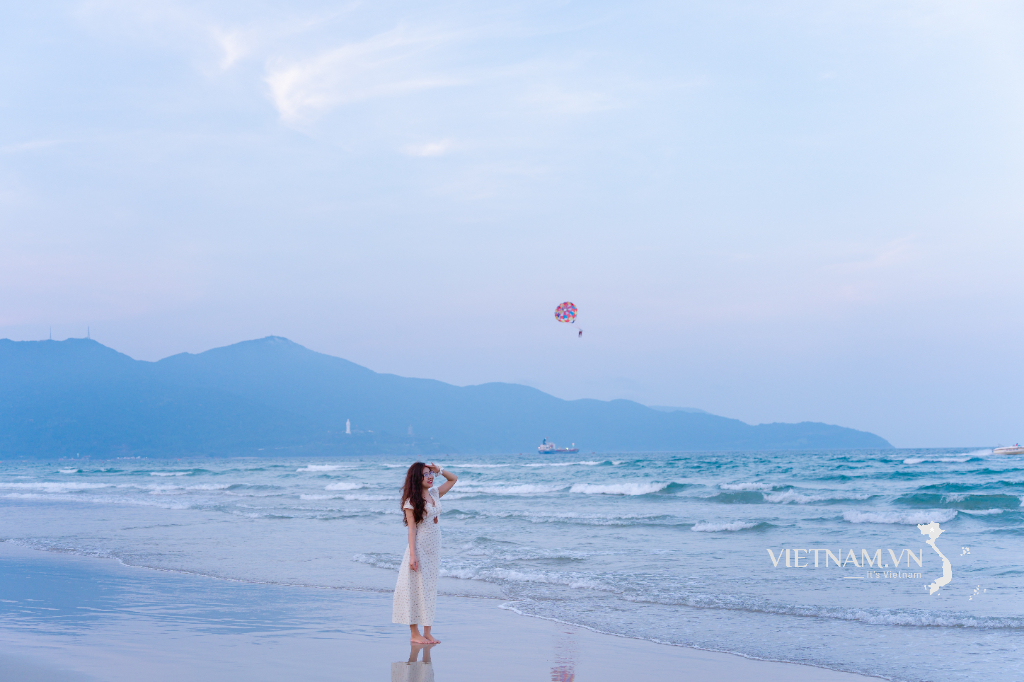

Comment (0)